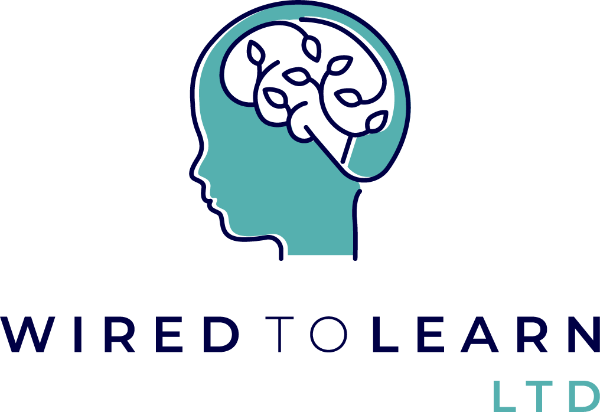Spinal Galant Reflex
So what is the Spinal Galant reflex and what difficulties can it cause when it is retained beyond infancy? This reflex emerges during gestation and is present to assist the baby in moving through the birth canal. It also helps a baby urinate after birth. When one side of the spine is stimulated it causes hip movement away from the stimuli. If both sides are stimulated it can cause urination.
This reflex also plays a part in developing the vestibular system and due to this direct relationship, plus because the reflex triggers a physical reaction, it directly impacts movement, balance, muscle tone, and coordination.
Symptoms related to an unintegrated Spinal Galant in older children include sensory issues due to the increased sensitivity in the lower back. Children with a retained Spinal Galant often cannot tolerate tight waistbands or find labels very irritating. They may struggle with core stability, balance, coordination and poor posture as any contact with the back that triggers the reflex will cause unnecessary movement. If retained on one side more than the other it can affect motor skills such as rolling and crawling, gait and even cause scoliosis. In a classroom sitting on a chair may trigger the reflex making it extremely difficult for the child to focus and concentrate. These children are often seen as those who are constantly wriggling, fidgeting and unable to sit still. When retained the reflex can cause toileting difficulties and is linked to bedwetting in older children.
If you suspect your child may have a retained Spinal Galant reflex and they are experiencing difficulties we would advise that you contact us to arrange a free consultation. From there we can provide therapeutic exercises to help integrate the reflex and address any associated challenges.
